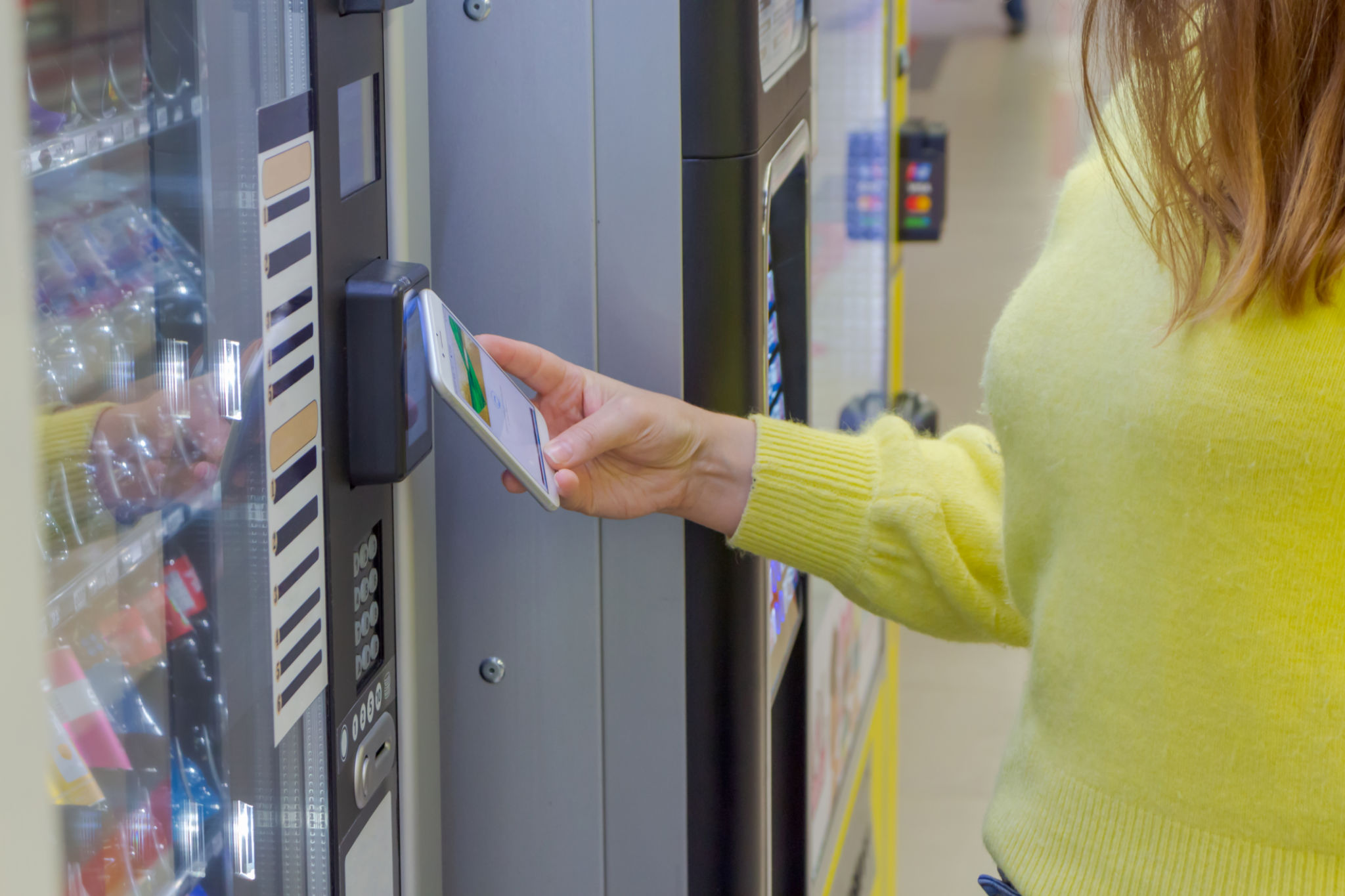Exploring the Latest Trends in Custom Vending Machines
Introduction to Custom Vending Machines
In recent years, the vending machine industry has witnessed a remarkable transformation. No longer confined to dispensing snacks and beverages, modern vending machines are becoming increasingly customized to cater to diverse consumer needs. Businesses are leveraging technology and creativity to offer unique experiences that go beyond traditional vending services. This blog post delves into the latest trends in custom vending machines, exploring how they are reshaping consumer interactions.
The Rise of Technology-Driven Vending Solutions
One of the most significant trends in the vending machine sector is the integration of technology. Touchscreen interfaces, cashless payment systems, and IoT connectivity are just a few examples of how technology is enhancing user experience. These advancements not only make transactions seamless but also allow for real-time inventory management and data collection, helping businesses optimize their operations.
Furthermore, the use of AI and machine learning enables vending machines to analyze purchasing patterns and adjust offerings accordingly. This level of customization ensures that customers find what they need while also allowing businesses to maximize profits through targeted product placements.

Personalized Product Offerings
Another trend gaining traction is the personalization of product offerings. Custom vending machines are now capable of offering a wide variety of products tailored to specific locations or consumer demographics. For example, a vending machine in a gym might offer protein bars and sports drinks, while one in a corporate setting could dispense office supplies and quick snacks.
This customization extends to the packaging as well. Some machines allow customers to personalize the packaging of their purchases, adding a unique touch to the buying experience. This trend not only boosts customer satisfaction but also enhances brand loyalty by providing a memorable shopping experience.

Sustainability and Eco-Friendly Initiatives
With growing environmental awareness, sustainability has become a key focus for many industries, including vending. Custom vending machines are increasingly designed with eco-friendly materials and energy-efficient technologies. From using solar power to implementing recycling options for packaging disposal, these machines are contributing to a more sustainable future.
Moreover, some machines offer products that are locally sourced or come with eco-friendly packaging, appealing to the environmentally conscious consumer. By integrating sustainability into their operations, vending businesses can attract a new segment of customers who prioritize green practices.
The Role of Creative Design and User Experience
Design plays a crucial role in the success of custom vending machines. Beyond functionality, the aesthetic appeal and user interface design significantly impact consumer engagement. Modern machines often feature sleek designs, interactive displays, and intuitive navigation systems that enhance the overall user experience.
The creative use of design elements not only attracts more users but also helps in differentiating brands in a competitive market. By offering an engaging and visually appealing experience, companies can capture customer interest and encourage repeat business.

The Future of Custom Vending Machines
As technology continues to evolve, the potential applications for custom vending machines are limitless. From delivering fresh meals to providing on-the-go healthcare solutions, these machines are set to become an integral part of our daily lives. The ongoing innovation in this sector promises exciting opportunities for businesses to connect with consumers in novel ways.
In conclusion, custom vending machines are revolutionizing the way we think about automated retail. By embracing technological advancements, personalization, sustainability, and creative design, businesses can offer unique and valuable experiences that meet the changing needs of today's consumers.